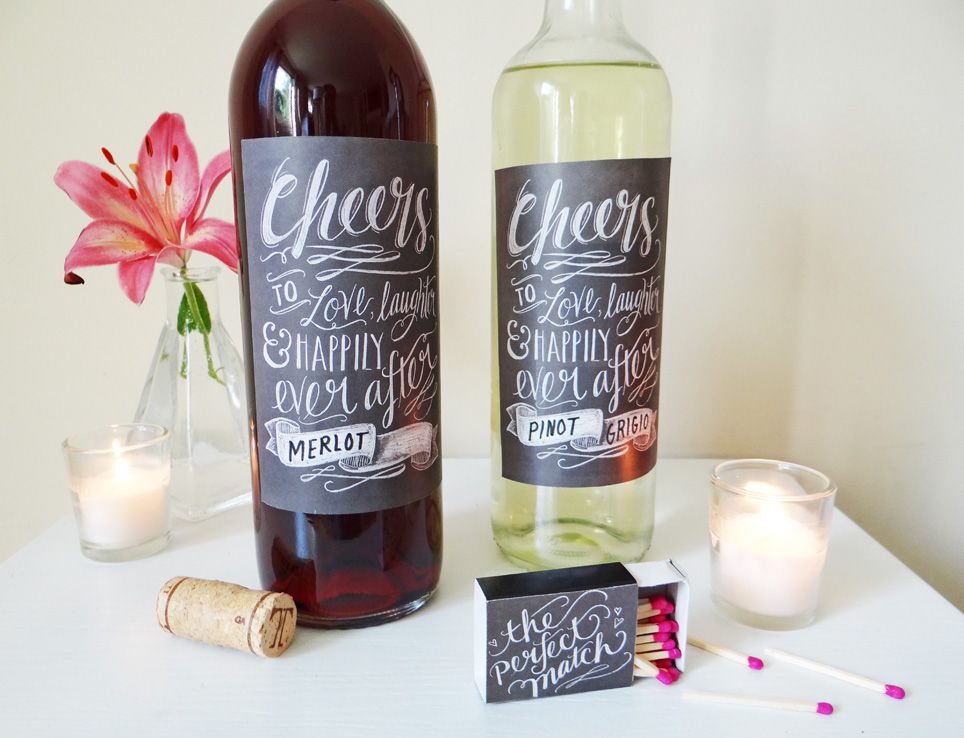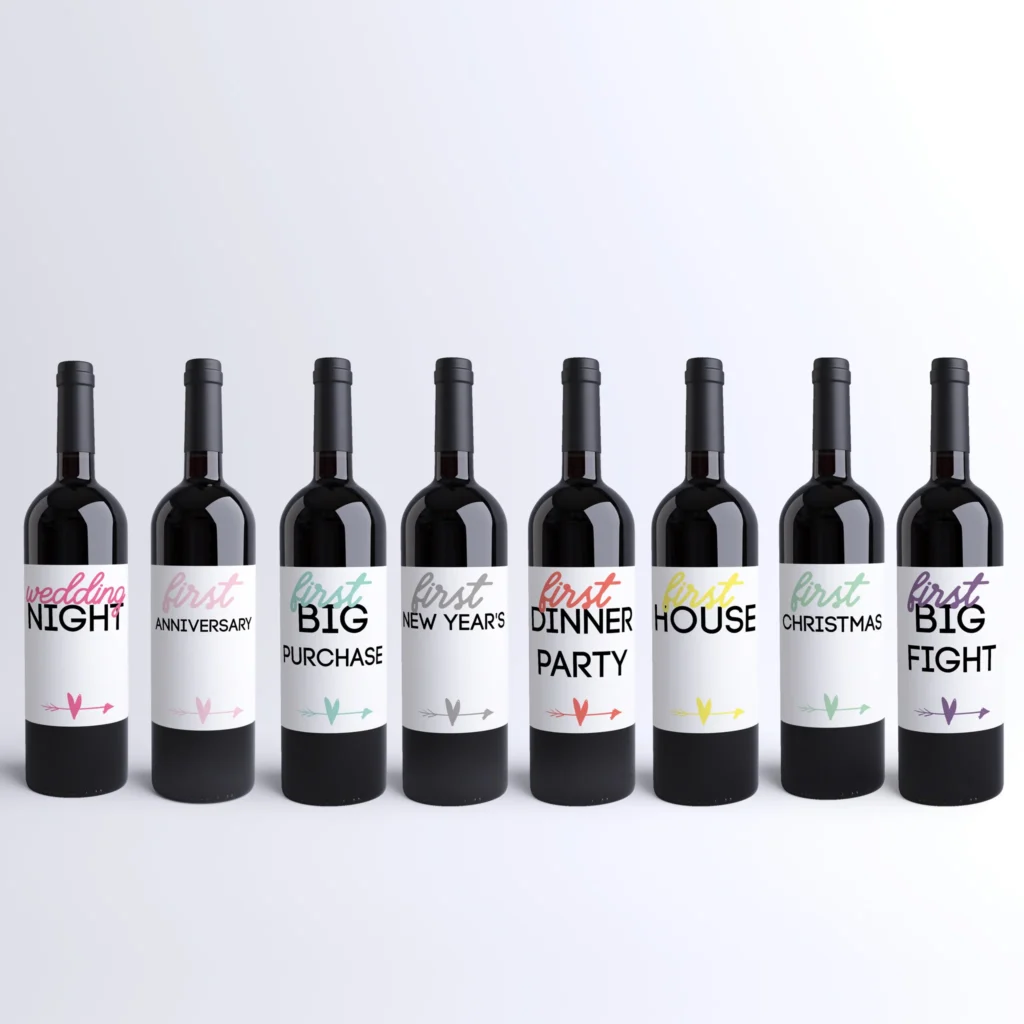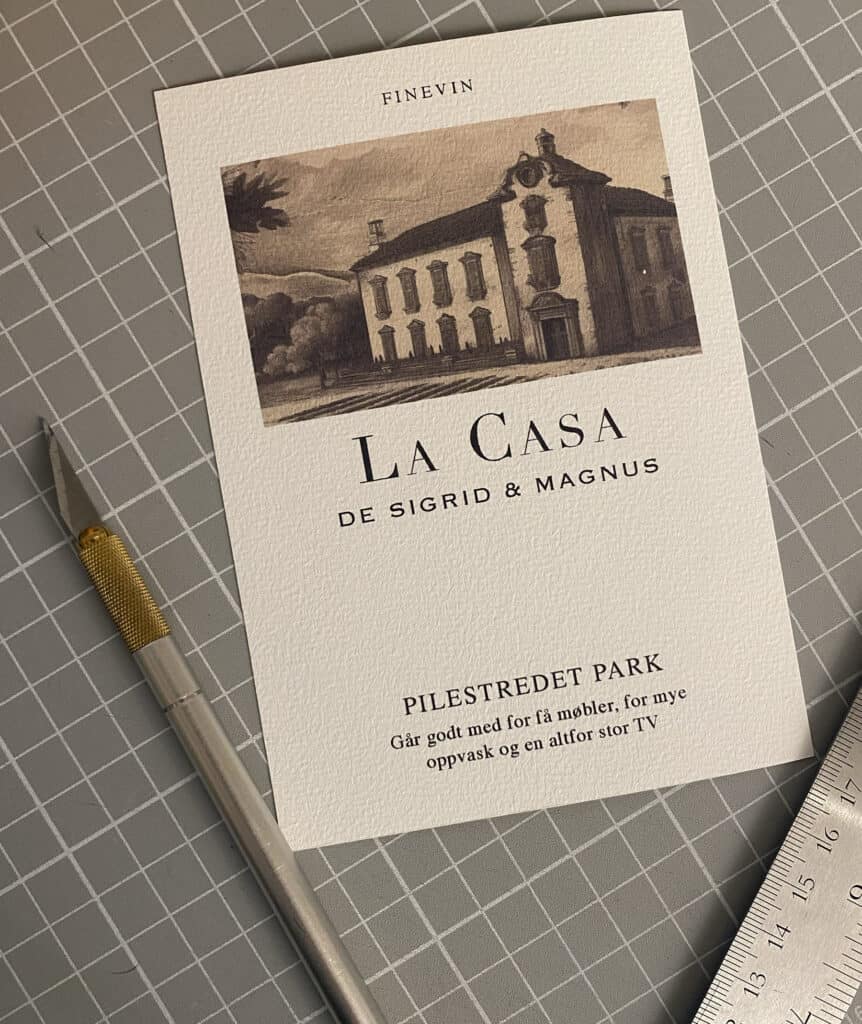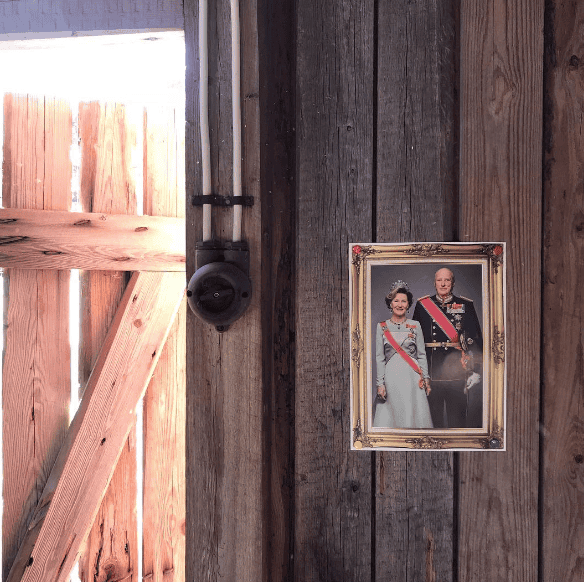Raise a Glass to Love: How Wine Labels Can Add a Unique Touch to Your Wedding
As weddings become more personalized and couples want to showcase their unique style, wine labels have become a popular way to add a personal touch to their special day. Customized wine labels can act as elegant decor, memorable wedding favors, or simply be enjoyed during the reception. With so many creative ideas for designing wine labels, you can set the mood for your big day and elevate your guests’ experience. Wine labels can also be an excellent way to showcase your love story and personalities. Whether you are a pair of wine enthusiasts or just appreciate a good glass of red, incorporating your favorite wine into your wedding can be a romantic, fun, and budget-friendly option. In this article, we’ll share creative ideas for designing your wine labels, making them the perfect reflection of your wedding style and personalities.
Sipping in Style: Creative Ideas for Designing Your Own Wine Labels

Designing your own wine labels can be a fun and creative process, and the possibilities are endless. Here are some ideas to get you started:
Typography-based labels
Designing typography-based labels can be an easy and elegant option. Choose your favorite font, and play around with the placement and size of text, and the colors you want to use.
Photo-based labels
Personalize labels by adding your favorite engagement photo or another meaningful image. A photo-based label can showcase your personalities and be a long-lasting memory for you and your guests.
Destination-themed labels
If you have chosen to have a destination wedding, incorporate the location by designing wine labels that match the theme. Use images or symbols of the location, or use colors that reflect the area.
Wine-tastic Wedding Favors: Personalizing Your Bottles for Guests
Giving a personalized bottle of wine is an excellent wedding favor option, allowing your guests to take a piece of your special day with them. Here are a few ways to make your wine favors stand out:
Customize Labels with Guests’ Names
Personalize each bottle with your guest’s name, or even a brief message, to make them feel appreciated and special.
Add Customized Tags or Labels
Adding custom tags or labels with thank-you messages or the date of your wedding can be an easy way to elevate your wine bottles for guests.
Tying the Knot with a Twist: Fun and Memorable Wine Label Themes

Wedding guests appreciate a little humor and personality in a wedding. Here are some wine label themes that can add some fun and personality to your wedding:
Advent Calendar Style
Design mini labels with numbers that count down from the wedding day to your first anniversary. This fun theme can add excitement to your first year of marriage.
Firsts Wine Box
Design labels with milestones for couples’ firsts, such as buying a home or having a child. This is a thoughtful and endearing gift for the bride and groom.
Cheers to Forever: Using Wine Labels to Capture Your Story and Style on Your Big Day
Incorporating personalized wedding wine labels allows couples to showcase their style and love story. Here are some ways you can use wine labels to capture your unique story on your big day:
Intertwine Wine Selection with Love Story
Design wine labels that feature significant locations or memories from your love story. For example, if you met on a trip to Tuscany, create custom wine labels with a Tuscan sunset captured in the photo.
Incorporate Wedding Color Scheme into Labels
Design labels with colors that match your wedding’s theme and color palette. This subtle detail will be attributed to your classic style.

Conclusion
Wine labels can add a personal touch to your wedding, showcase your love story, and add personality to your special day. By following our tips, you can create memorable wine labels that reflect your style and taste. Cheers to your happily ever after and may your wine label creations be a reflection of the love and joy in your marriage!






